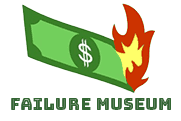On September 26, 2024, the A’s played the last game of the 4 major professional sports in Oakland.
The A’s played 56 seasons in Oakland and won 4 World Series. The Warriors played 47 seasons in Oakland and won 3 Championships. The Raiders played 45 seasons in Oakland and won 3 Super Bowls. Oakland won a title in five straight years in the 1970s: the A’s in 1972, 1973 and 1974, the Warriors in 1975, and the Raiders in 1976.
In addition, the Seals played 10 seasons in Oakland and never won a Championship. They ended play in 1976, 15 years before the San Jose Sharks.
Bailing on Oakland ultimately came down to money—the money other municipalities had to offer for stadiums and the money that Oakland lacks amid budgetary woes.











